4 Benefits of Aerating Your Lawn
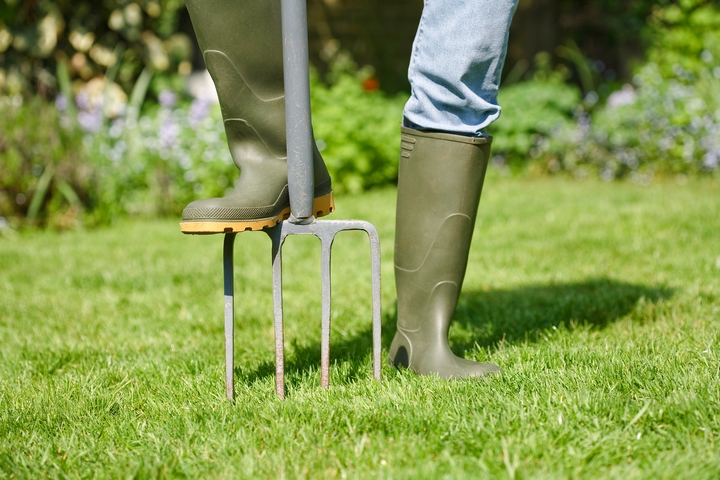
It is understandable why most if not all homeowners strive to have healthy lawns. They give the appearance of a home that is elegant, well looked after, and it draws attention to the property. If your lawn is looking sickly and unsightly and you are unsure of what to do to fix it, one method that more and more homeowners are adopting is lawn aeration.
This lawn care process consists of removing portions of soil and thatch, which is the area between the turf and the soil below that can build up with layers of dead grass, roots, and seeds. What remains are holes in your lawn where oxygen and water can better infiltrate the soil and allow your grass to grow thicker and healthier. Below are some more in-depth advantages of lawn aeration and why it may be just the method you need to help your grass grow better.
1. Improves overall lawn health
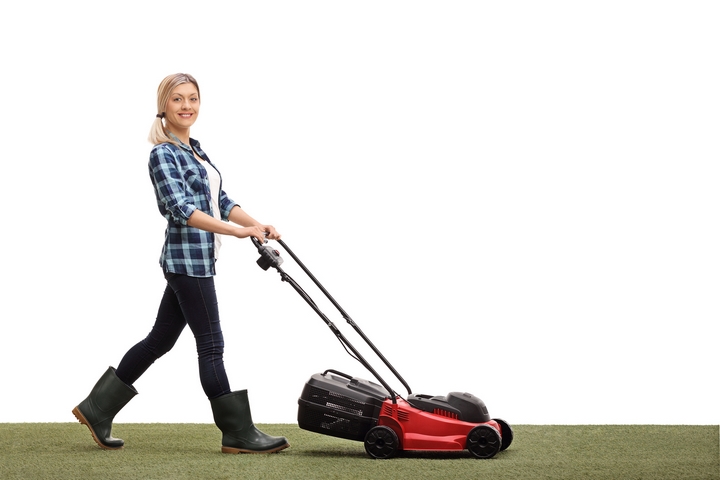
The front lawn of your home is looking yellow and dead and you have no idea how to remedy this situation. You have tried new seed and watering but nothing seems to help. While these steps can aid an unhealthy lawn, chances are you need to aerate your lawn in order to get to the foundation of the problem.
As stated, lawn aeration provides a way for air, water, and nutrients to get to the root of your lawn by removing plugs of grass and leaving holes for them to enter. These plugs provide a way for fertilizer to get to the roots of the turf as well. This fertilizer is responsible for giving your lawn that thick, green appearance and keeping weeds at bay.
2. Remove excess water
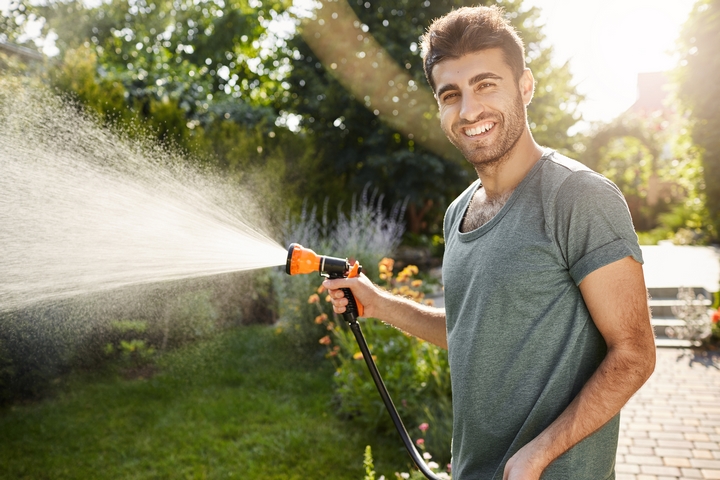
While water is an essential component in the growth process, too much of it can kill your lawn. Standing water can also lead to health hazards. If you find that your lawn puddles after rains or has excessive runoff, you need to consider lawn aeration more than ever.
Lawn aeration helps with the removal of excess water. The holes that the process creates allows for water to drain out of your lawn. This water can also penetrate the soil beneath the turf and will lead to better turf growth compared to if you water with a hose as the water needs to reach the soil and roots to be effective.
3. Remove thatch
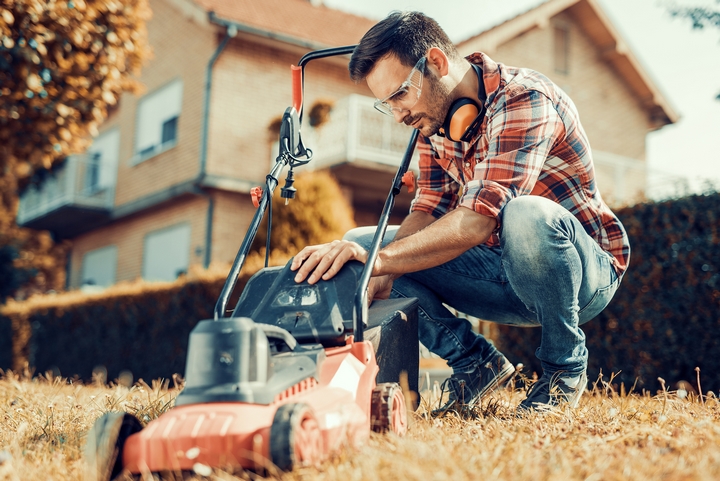
As mentioned previously, thatch is the layer between your turf and the soil below it and can consist of dead grass, roots, leaves, and seeds. While some thatch is good for your lawn, too much can lead to issues as it prevents sunlight, water, and nutrients from penetrating the soil.
Lawn aeration is beneficial because it plays an important role in removing excess thatch. During the aeration process, microorganisms that aid in decomposing thatch are taken from the soil and deposited into the thatch. Aeration will also break up this thatch layer if it gets too thick and allow components essential in grass growth to enter the soil.
4. Helps soil compaction
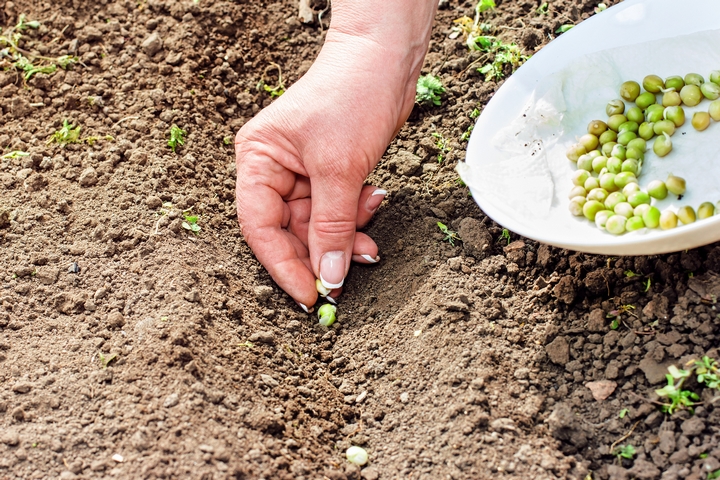
Soil compaction refers to the process of soil becoming too compressed, reducing the pores that can hold air and water. When this happens it is extremely difficult for grass to grow because there is no space in the soil for the essential components that it needs.
Lawn aeration can aid soil compaction because it breaks it up, allowing for the increased flow of air, water, and nutrients into the soil. Aeration can also increase the amount of space that roots have, allowing them to utilize water and nutrients that have already been saved and absorbed into the soil.
